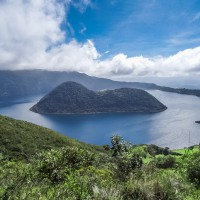
Ecuador: Fire & Cloud, Colour & Culture
4 December 2014
17 December 2014
Located on the southern tip of the Malay Peninsula, the Republic of Singapore is synonymous with modernity and one of the most influential economic powers in the world. The exponential growth of this huge city-state has eliminated many forest areas, but Singapore has maintained a strong bond with nature. Its green soul is best expressed in the public gardens of rare beauty and the experimental architectural projects. Milestones on a green oriented journey in this sprawling southeast Asian metropolis is the Gardens by the Bay, in the Marina area. This spectacular park complex occupies an area of over 100 hectares and the attractions include two artificial lakes – Dragonfly and Kingfisher – the Flower Dome, a greenhouse with a Mediterranean climate , the tropical greenhouse Cloud Forest, an area dedicated to the main ethnic groups of region called Heritage Garden and one for children with games and merry-go-rounds. Last is the sensational Supertree Grove, a forest composed of 18 artificial trees, 25 to 50 meters high, that serve as structures for spectacular climbing plants and as support for vertiginous Tibetan bridges.
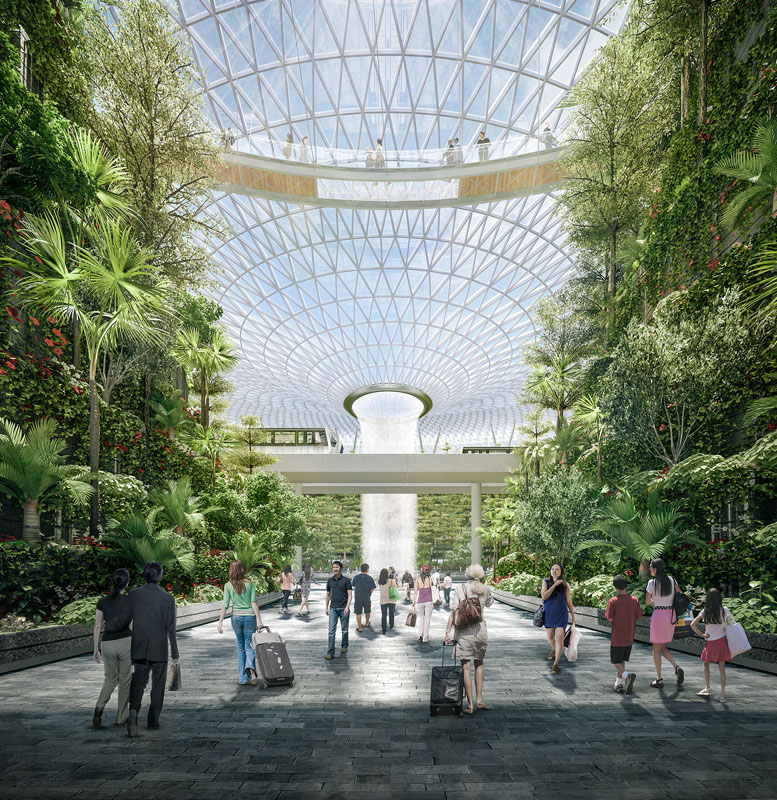
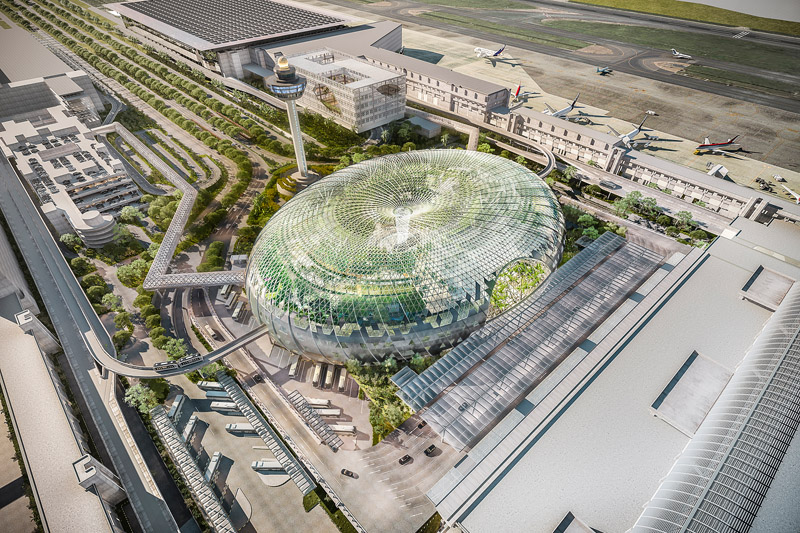
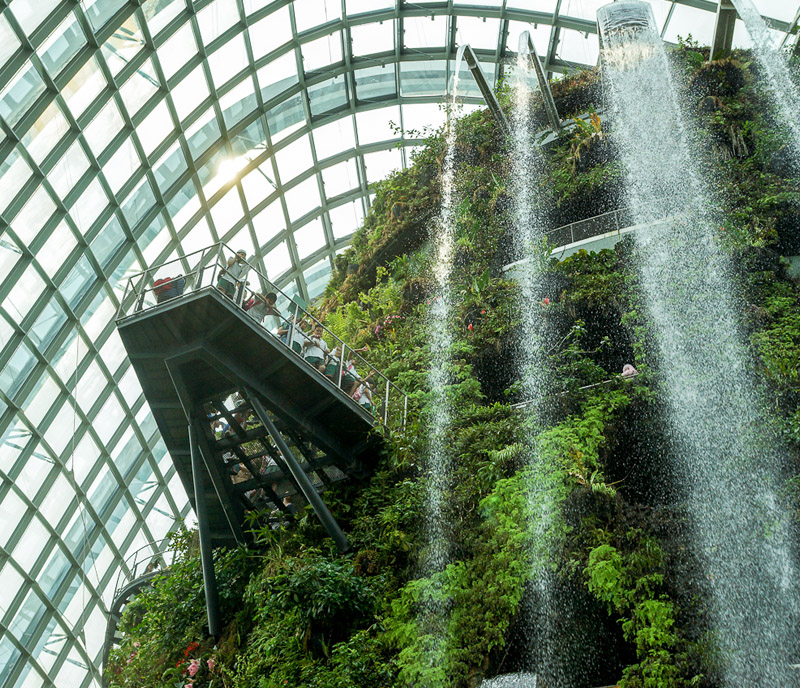
In town there is also a Botanical Garden, famous for its collection of orchids (over 3,000 different species), and the Jurong Bird Park, a nature reserve with beautiful birds in the wild. In Singapore they are venturous, and tropical forests are transformed into hanging gardens as in the residential complex of Fusionopolis or in the luxurious Royal Park Hotel. Two other green projects are still under construction: the almost completed commercial, eco-friendly Beach Road district, designed by Foster + Partners, with a wide tree-lined avenue covered by a tensile structure, while the expansion of the local airport by Safdie Architects, the Jewel Cangi, is still on paper. It will include a huge glass dome with a park open to all. In Singapore they are designing the garden city of the future.

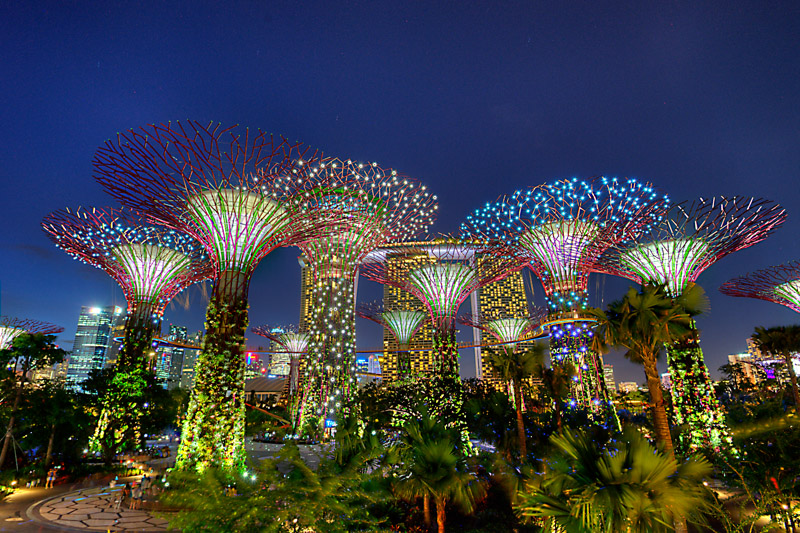
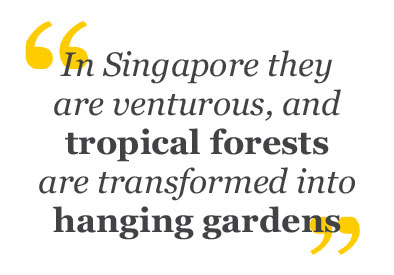
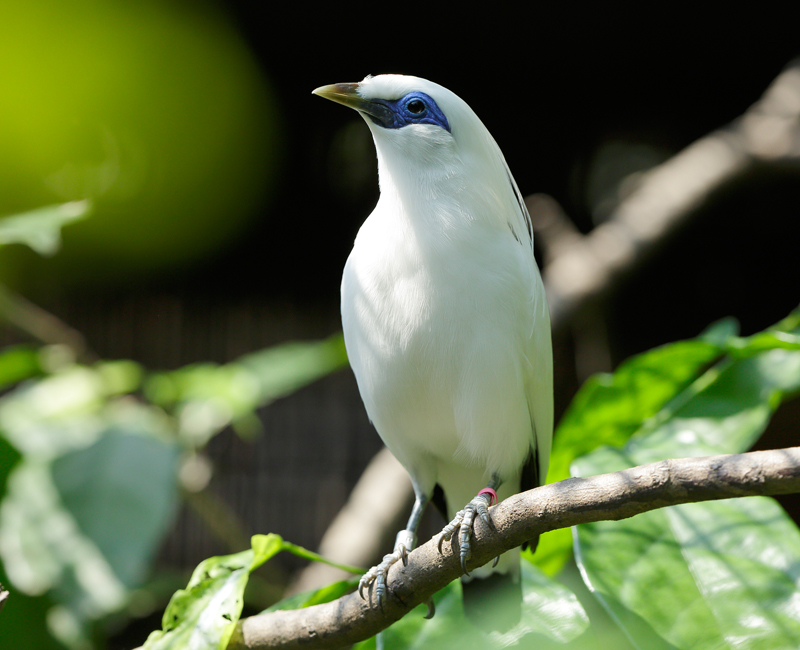

Located on the southern tip of the Malay Peninsula, the Republic of Singapore is synonymous with modernity and one of the most influential economic powers in the world. The exponential growth of this huge city-state has eliminated many forest areas, but Singapore has maintained a strong bond with nature. Its green soul is best expressed in the public gardens of rare beauty and the experimental architectural projects. Milestones on a green oriented journey in this sprawling southeast Asian metropolis is the Gardens by the Bay, in the Marina area. This spectacular park complex occupies an area of over 100 hectares and the attractions include two artificial lakes – Dragonfly and Kingfisher – the Flower Dome, a greenhouse with a Mediterranean climate , the tropical greenhouse Cloud Forest, an area dedicated to the main ethnic groups of region called Heritage Garden and one for children with games and merry-go-rounds. Last is the sensational Supertree Grove, a forest composed of 18 artificial trees, 25 to 50 meters high, that serve as structures for spectacular climbing plants and as support for vertiginous Tibetan bridges.
In town there is also a Botanical Garden, famous for its collection of orchids (over 3,000 different species), and the Jurong Bird Park, a nature reserve with beautiful birds in the wild. In Singapore they are venturous, and tropical forests are transformed into hanging gardens as in the residential complex of Fusionopolis or in the luxurious Royal Park Hotel. Two other green projects are still under construction: the almost completed commercial, eco-friendly Beach Road district, designed by Foster + Partners, with a wide tree-lined avenue covered by a tensile structure, while the expansion of the local airport by Safdie Architects, the Jewel Cangi, is still on paper. It will include a huge glass dome with a park open to all. In Singapore they are designing the garden city of the future.

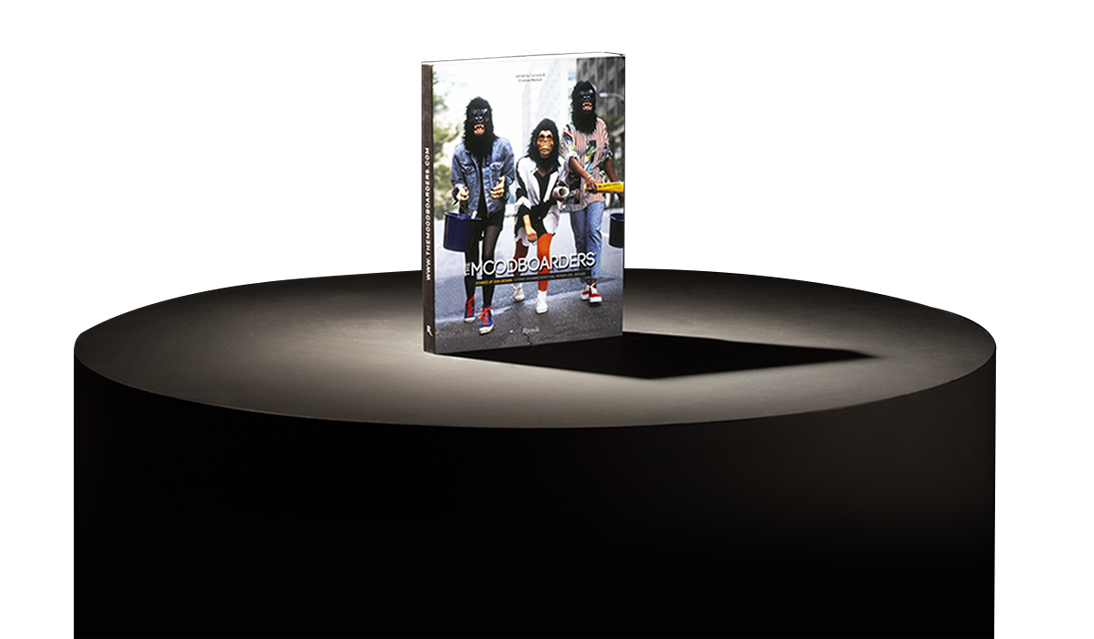

The Moodboarders is a glance into the design world, which, in all of its facets, captures the extraordinary even within the routine. It is a measure of the times. It is an antenna sensitive enough to pick-up on budding trends, emerging talents and neglected aesthetics. Instead of essays, we use brief tales to tune into the rhythm of our world. We travelled for a year without stopping, and seeing as the memory of this journey has not faded, we have chosen to edit a printed copy. We eliminated anything episodic, ephemeral or fading, maintaining a variety of articles that flow, without losing the element of surprise, the events caught taking place, and the creations having just bloomed.